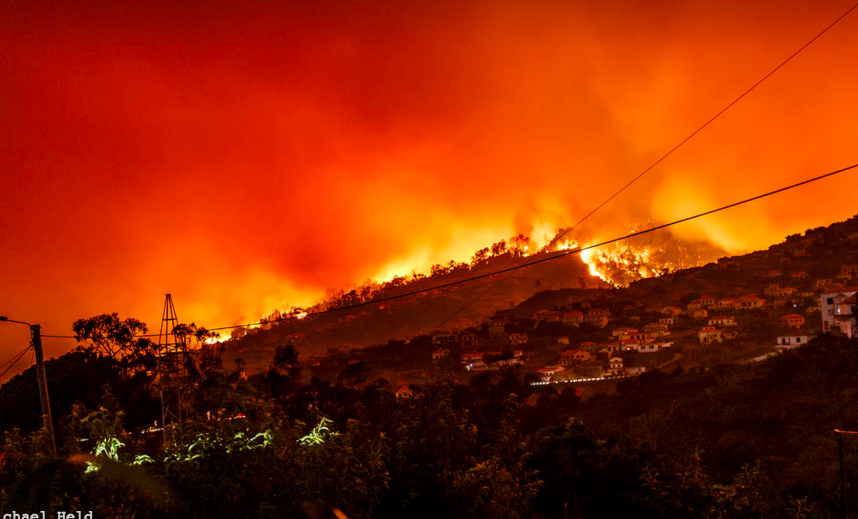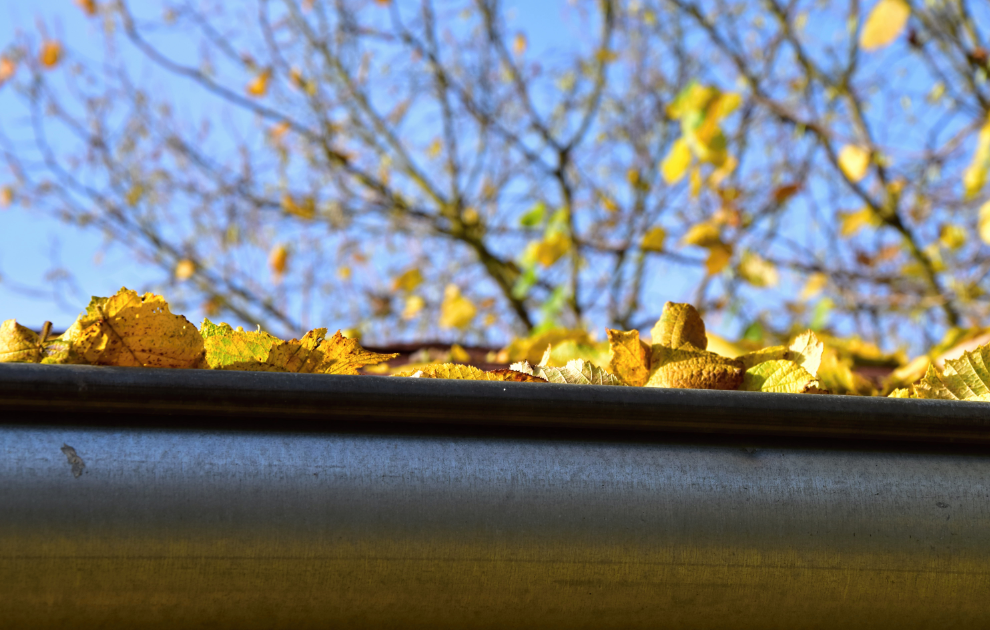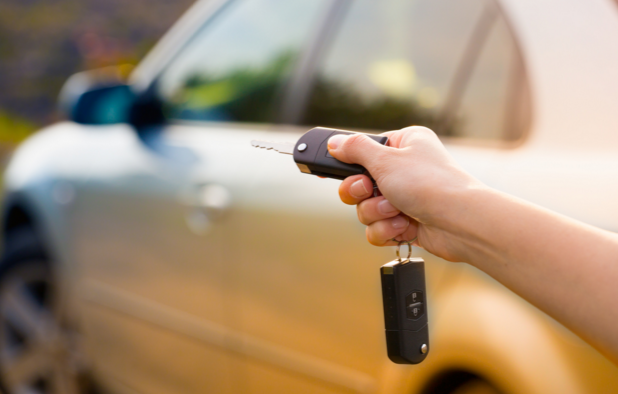
Your Bushfire Plan
Thursday, 8th December 2016
Your Bushfire Plan
You don’t have to live in the country to be at risk of fire. If you live near areas that have significant bush, forest, long grass, or coastal scrub, then you need to plan ahead for the fire season.
Not everyone thinks clearly in an emergency. Taking steps to get prepared before the fire season means you know what to do when you’re at risk of fire. A written, and preferably well-practised plan, will help you remember what needs to be done during a crisis. Use the Bushfire survival planning template – Leaving early (PDF) to help you write down your plan.
Why should I leave early?
Leaving early is the safest option to protect yourself and your family. Leaving early means leaving the area before there are any signs of a fire – not when you can see flames or smell smoke. Leaving early means avoiding panic, being trapped, making the wrong choices and risking serious injury or death.
Even a fire that is kilometres away could be at your door in minutes. In certain conditions, embers can travel many kilometres in front of a fire and a grassfire can travel faster than you can run. Wind changes are unpredictable and can rapidly change the direction or size of a fire.
Waiting to leave means that a drive that normally takes a few minutes could take hours. Never drive if you can see smoke or fire. Thick smoke will make it hard to see and traffic jams and accidents are likely. You also need to keep the roads clear for emergency services.
In a bushfire, people may be confused, disoriented and physically or psychologically stressed. In these conditions, making good decisions becomes very difficult.
Defending Your Property
Planning to stay and defend is a big decision. You could be at serious risk of uncontrollable fires on Severe, Extreme and Code Red days. Most homes in high-risk bushfire areas are not designed for Code Red conditions. The Defending your property page can help you decide whether or not you are capable of defending your property – and tells you about the risks and preparations involved.
How to plan
Taking steps to get prepared before the fire season means you know what to do when you’re at risk of fire. Just as every family or household is unique, every fire plan will be different. The information and templates in the Fire Ready Kit and on this website, are designed to assist you.
At an absolute minimum, talk through the ten decisions below with your household. Review these points before each fire season and don’t put it off until later:
- Which Fire Danger Rating is your trigger to leave?
- Will you leave early that morning or the night before?
- Where will you go?
- What route will you take – and what is your alternative in the event that a fire is already in the area?
- What will you take with you?
- What do you need to organise for your pets or livestock?
- Who do you need to keep informed of your movements?
- Is there anyone outside your household who you need to help or check up on?
- How will you stay informed about warnings and updates?
- What will you do if there is a fire in the area and you cannot leave?
Remember to decide who will do what as part of your plan.
Your destination and journey
Talk to your family and friends about how you’ll know when to leave and where to go to stay safe. It’s up to you to decide on a suitable place to go when you leave early on a fire risk day. If you do not have friends or relatives in low-risk areas who you can visit, consider community facilities such as libraries, shopping centres, swimming pools or cinemas.
If you rely on others for care and support, your only safe option on serious fire risk days is to leave early – never wait to receive a warning.
Why write down your plan?
Would you remember a plan that’s just in your head if you’re surrounded by smoke, heat and flames?
A written plan will take the pressure off you, and avoid arguments and delays. In Victoria the bushfire season is long, and a written plan will help reduce uncertainty and anxiety.
Use the Bushfire survival planning template – Leaving early (PDF) to help you write down your plan.
Remember, any bushfire plan – written or not – is better than no plan.
Share your bushfire plan
Once you have prepared your plan, it is a good idea to share the details of your plan with family, friends and neighbours. Doing so will save them a lot of distress when there is a bushfire, as they will know that you are prepared and where to find you.
Source: CFA Victoria


